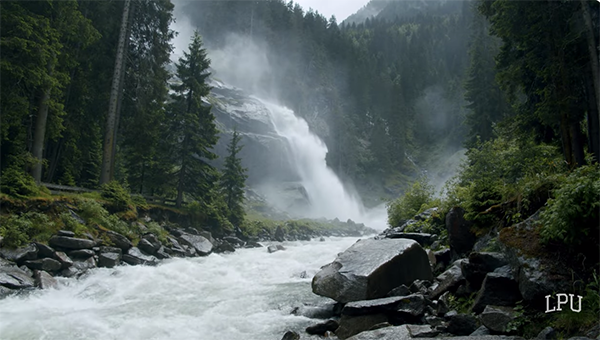Pro Warning: Don’t Ruin Photos by Failing to Crop During Post Processing (VIDEO)
Some diehard photographers are committed to “getting right in the camera” while refusing to edit their images, whether it’s to adjust exposure, modify color, or even adjust composition with cropping. This eye-opening tutorial from Landscape Photography University takes a contrarian view by explaining why a failure to crop can often spoil an otherwise great shot.
Instructor David Johnston often marches to the beat of a different drummer, which is why Shutterbug readers are so fond of his straightforward tutorials. This episode at its core is a discussion of what it means to get it right in the camera, and Johnston’s definition turns conventional wisdom on its head.
Johnston puts it like this: “When you’re getting it right in the camera, all you’re doing is preparing yourself for post-processing that image, tweaking it slightly, and getting it ready for that final export.”

What follows is a demonstration of how this unique view pertains to framing a photo through the viewfinder and then refining the composition during the image-editing process. Your goal when shooting in the field, according to Johnston, is “creating a composition that makes sense by arranging various objects in the scene to be viewed in a specific order.”
In other words, the trick is to guide the viewer to where you want them to look and when you want them to look there in a specific sequence. Johnston recommends shooting several photos of the same scene—framing each one differently. He also explains why one of these should be shot “loosely”— either with a wider lens or by pulling back on your zoom.
Doing this will help you “whittle down” the composition by accentuating compelling elements and eliminating other objects that detract from the shot. By now you’ve likely realized that your work has just begun, because the final step is thoughtful and creative cropping on the computer to achieve a significantly more dramatic and compelling result.

Johnston explains several techniques for getting the job done, and why this task is so important in the first place. One reason is that when shooting in the field you’re viewing an expansive scene through a tiny viewfinder or with a three-inch LDS screen on the back of your camera. In either case, says Johnston, “you can’t see all the tiny, intricate details.”
We wholeheartedly agree with Johnston’s sensible definition, and we think most of you will too. So take a look, follow Johnston’s advice, and don’t hesitate to crop until you see exactly what you want. Then head over to his instructional YouTube channel where there’s much more to learn.
Be sure not to miss the earlier tutorial we posted with a demonstration of how to use three basic post-processing tools that another accomplished pro says she can’t live without.





